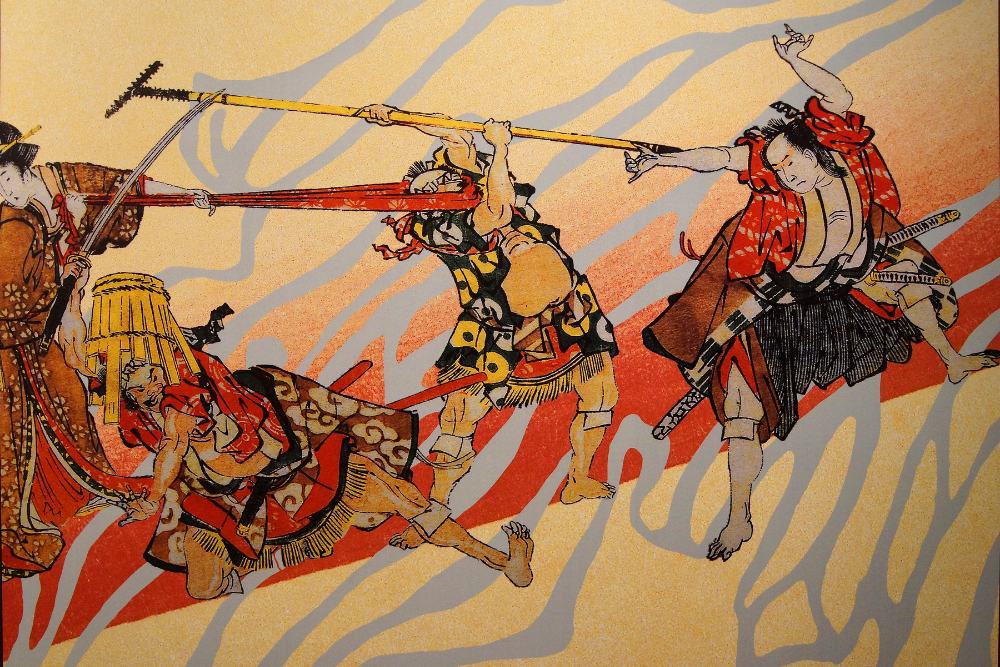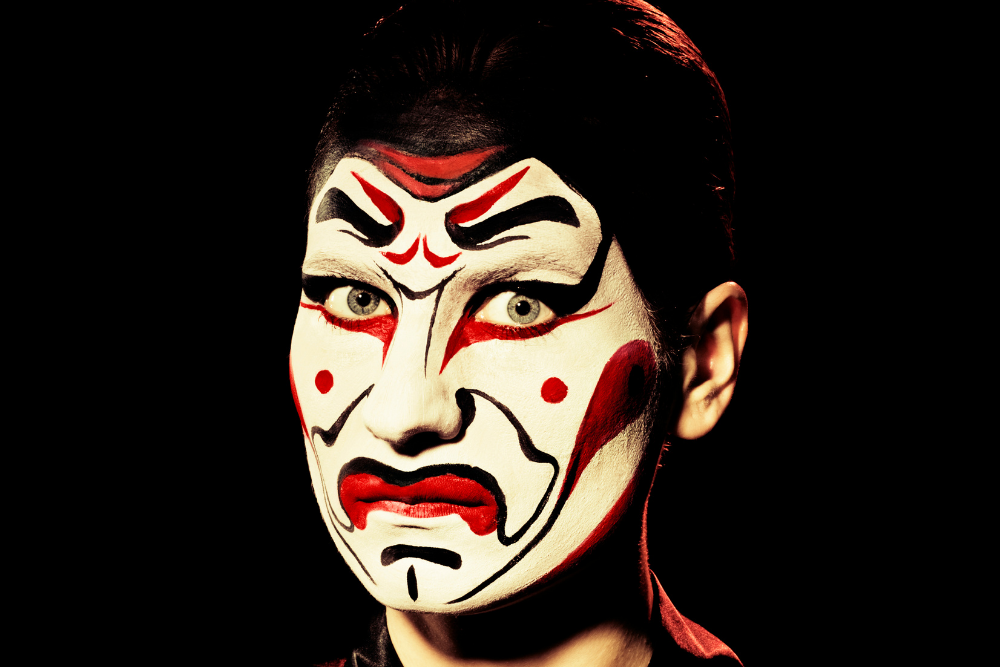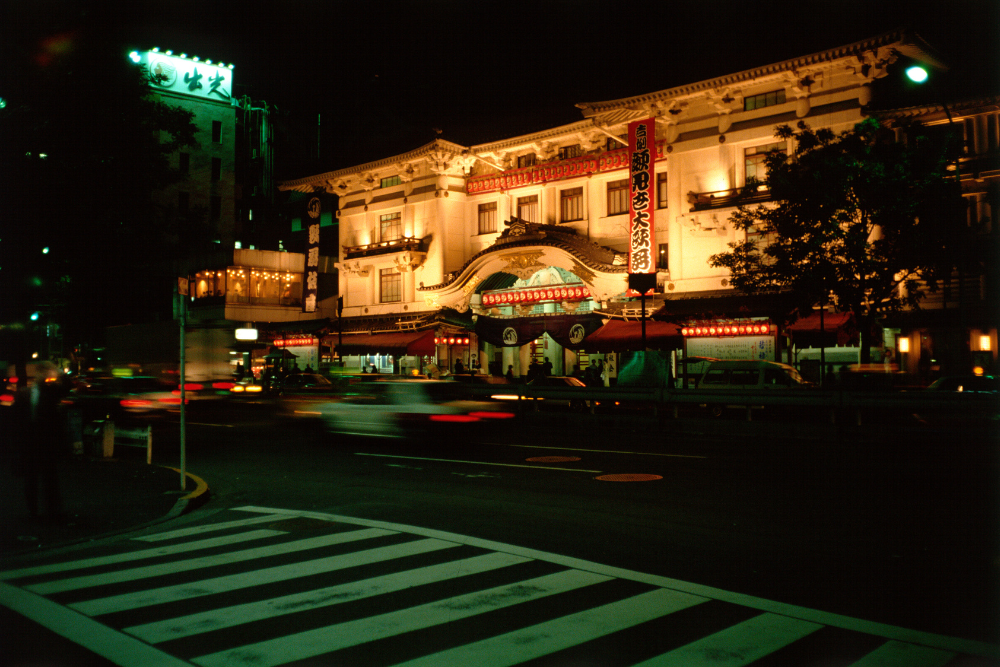Kabuki, one of Japan’s most revered traditional art forms, is a captivating blend of drama, music, and dance. Originating in the Edo period (1603–1868), Kabuki has evolved into a cultural treasure, offering audiences a visually stunning and immersive theatrical experience. Whether you are a first-time viewer or a seasoned theatergoer, attending a Kabuki performance is a fascinating journey into Japan’s artistic heritage. This guide will provide you with everything you need to know to fully appreciate and enjoy a Kabuki performance.
The History and Evolution of Kabuki
Kabuki was founded in the early 17th century by Izumo no Okuni, a female performer who introduced a new style of dance and drama in Kyoto. Initially performed by women, Kabuki soon transitioned to an all-male cast, a tradition that continues today. Over the centuries, it developed into a highly stylized form of theater, incorporating elaborate costumes, dramatic makeup, exaggerated gestures, and intricate storytelling.
During the Edo period, Kabuki thrived as a popular entertainment form for commoners, often depicting historical events, moral conflicts, and supernatural themes. Despite occasional government restrictions, it remained a dynamic and evolving art. Today, Kabuki continues to attract audiences both in Japan and internationally, preserving its rich traditions while adapting to contemporary tastes.
Choosing a Theater
If you’re planning to experience Kabuki in Japan, Tokyo and Kyoto are the best cities to do so. The most famous venue is the Kabukiza Theatre in Tokyo, located in the Ginza district. Other prominent theaters include the Minami-za Theatre in Kyoto and the Shinbashi Enbujo in Tokyo.
When selecting a performance, check for English subtitle services or audio guides, which some theaters offer to help non-Japanese speakers understand the story. You can choose between full-length performances (which can last several hours) or single-act tickets, which provide a shorter yet fulfilling introduction to Kabuki.
Understanding the Performance
Kabuki performances typically follow one of three categories:
- Jidaimono (Historical Plays): These plays focus on historical events, often dramatizing the lives of samurai, feudal lords, and legendary figures.
- Sewamono (Domestic Dramas): These are more relatable stories set in the Edo period, depicting the lives of ordinary people, merchants, and courtesans.
- Shosagoto (Dance Pieces): These performances emphasize elaborate choreography and are often considered the most visually stunning aspect of Kabuki.
The play structure consists of multiple acts, with intricate dialogues, exaggerated movements, and traditional musical accompaniment provided by nagauta musicians and shamisen players.
The Iconic Elements of Kabuki
Several distinctive features make Kabuki unique:
1. Onnagata (Male Actors Playing Female Roles)
Since women have been banned from performing Kabuki since the 17th century, skilled male actors take on female roles, known as onnagata. These performers master delicate gestures, high-pitched voices, and graceful movements to convincingly portray female characters.
2. Kumadori Makeup
One of the most striking visual aspects of Kabuki is its elaborate facial makeup. The bold lines and vibrant colors used in kumadori makeup help distinguish characters and their personalities:
- Red: Represents heroism, passion, and strength.
- Blue/Black: Signifies villainy, sadness, or supernatural beings.
- White: Used for noble or ghostly characters.
3. Costumes and Wigs
Kabuki costumes are extravagantly designed with rich fabrics, intricate embroidery, and flowing sleeves. Wigs, often oversized and stylized, complement the characters’ roles and emphasize their status within the story.
4. Mie (Dramatic Poses)
A defining characteristic of Kabuki acting is the mie, a dramatic pose where the actor freezes in place to highlight an intense moment. Accompanied by a loud drumbeat, this technique draws attention to the character’s emotional state.
5. Kurogo (Stage Assistants)
Dressed entirely in black, kurogo are stagehands who assist with costume changes and props. They are considered “invisible” to the audience, allowing for seamless transitions in the performance.
How to Prepare for a Kabuki Experience
To fully enjoy a Kabuki performance, it helps to be prepared. Here are a few tips to enhance your experience:
1. Learn the Story Beforehand
Kabuki plays can be complex, especially for those unfamiliar with Japanese culture and language. Researching the storyline beforehand can make it easier to follow the performance. Many theaters provide pamphlets with summaries, and some even offer English subtitles.
2. Arrive Early
Theater doors usually open an hour before the performance. Arriving early allows you to explore the venue, admire the architecture, and browse the souvenir shop. Some theaters have small exhibitions on Kabuki history.
3. Dress Code and Etiquette
There is no strict dress code, but smart casual attire is recommended. Many locals enjoy wearing traditional kimono to the theater, adding to the cultural atmosphere.
During the performance, avoid talking, taking photos, or using your phone, as this disrupts the immersive experience.
4. Enjoy Traditional Snacks
During intermissions, you can indulge in bento (Japanese lunch boxes), wagashi (traditional sweets), and green tea. Some theaters allow you to pre-order food to enjoy during the breaks.
Modern Innovations in Kabuki
While Kabuki is deeply rooted in tradition, it has also embraced modern innovations. Contemporary productions experiment with new storytelling techniques, lighting effects, and even collaborations with Western theater styles. Some performances incorporate digital projections and special effects to enhance the visual spectacle.
In recent years, Kabuki has gained global recognition, with performances held in cities like London, New York, and Paris. These international productions introduce Kabuki to wider audiences, making it accessible beyond Japan.
Conclusion
Attending a Kabuki performance is an unforgettable experience that offers a glimpse into Japan’s rich theatrical heritage. From its mesmerizing costumes and dramatic makeup to the powerful storytelling and unique stage techniques, Kabuki remains one of the most fascinating art forms in the world. Whether you are a theater enthusiast or a cultural explorer, witnessing a Kabuki play is a must when visiting Japan.
By understanding the history, elements, and etiquette of Kabuki, you can fully appreciate the artistry and dedication that goes into each performance. So, the next time you find yourself in Japan, step into a Kabuki theater and immerse yourself in a world of dramatic expression, timeless traditions, and breathtaking spectacle.












